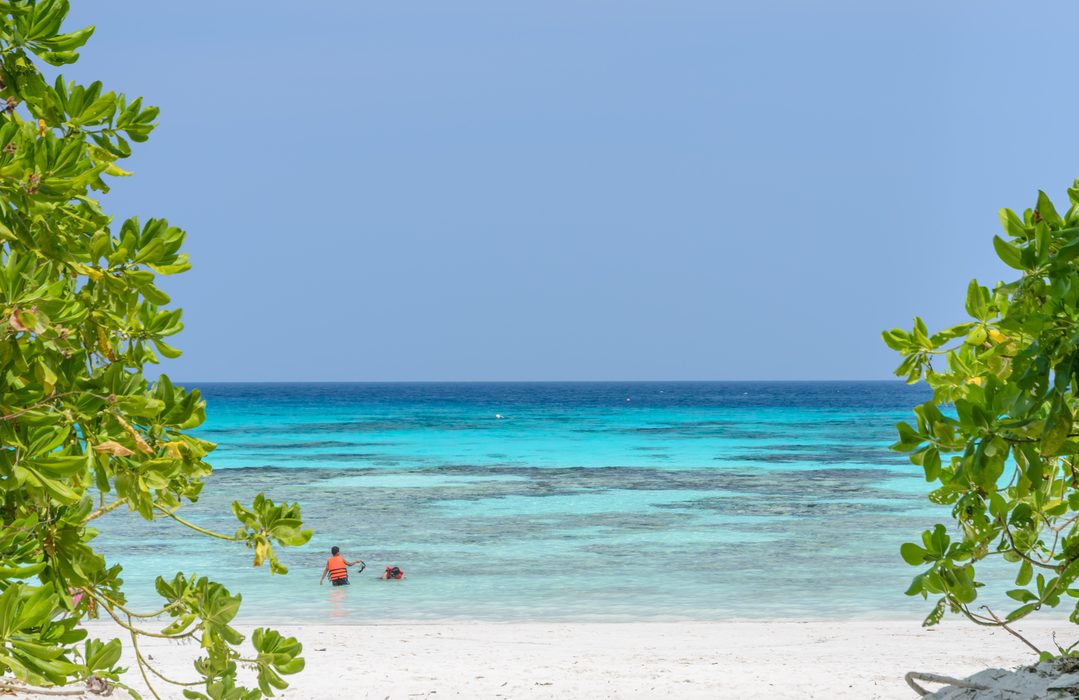
You might also like:
A POPULAR Thai island in the Andaman Sea has been closed off to visitors for the foreseeable future due to the damage done to its ecosystem by unmitigated tourism.
However, from October 15, authorities are barring tourism activities on the island and its immediate surrounding seas to allow for its rehabilitation.
Tunya Netithammakul, the director-general of the Department of National Parks, Wildlife and Plants Conservation, told the Bangkok Post: “Thanks to its beauty, Koh Tachai has become a popular tourist site for both Thai and foreign tourists. This has resulted in overcrowding and the degradation of natural resources and the environment.”
He added that the measure was part of the master plan for marine resource management in the Andaman Sea.
If measures are not taken, this serene vision of Koh Tachai will be but a distant dream
During the monsoon season, all marine national parks are closed from mid-May to mid-October, but Koh Tachai will be the only island to remain closed indefinitely, though two deep dive sites nearby in the Similan Islands will remain open to divers and tourists.
Assistant Professor Thon Thamrongnawasawat, deputy dean of the Faculty of Fisheries at Kasetsart University, said that Koh Tachai was meant to be preserved as a primitive zone, not a tourist site.
“A beach on the island can hold up to 70 people, but sometimes the number of tourists was well over 1,000 on the beach, which was already covered with food stalls and tour boats. This caused the island to quickly deteriorate. If it’s not closed now, we’ll lose Koh Tachai permanently.”
Aside from Koh Tachai, many of Thailand’s other idyllic isles have also suffered from environmental degradation as a result of unsustainable tourism practices and overcrowding.
The Nation reported on Wednesday that the Marine and Coastal Resources Department is moving to increase the protection of coral zones after 33 areas were found to be hit by coral bleaching recently.
The department’s director-general, Suthiluck Raviwan, said: “Of the 33 spots affected by coral bleaching, 25 are inside national park zones.”
For a visual guide on the dangers of coral bleaching, watch the video below:
From next week onwards, the department will ban activities harmful to coral reefs – such as dropping anchors, fishing, and polluting – in nine spots outside national parks. Among the nine areas are the Racha Yai and Mai Ton islands off Phuket, Man Nai Island off Rayong and Samaesarn Island off Chon Buri.
According to the U.S. National Oceanic and Atmospheric Administration, coral bleaching occurs when corals lose algal pigmentation due to water temperatures rising above 30 degrees Celsius, pollution, or freshwater runoff.
Though bleached coral can recover if the cause of bleaching is resolved, it is more likely to die the longer it remains in a bleached state.
Both the National Park, Wildlife and Plant Conservation Department and the Marine and Coastal Resources Department also plan to restrict human activities in 40 spots in order to preserve healthy coral.
Last year, nearly 30 million foreign tourists visited Thailand, with the government expecting that number to be exceeded by the end of this year. Tourism accounts for about 10 percent of Thailand’s GDP.
The post Commercial tourism damaging Thailand’s corals and islands appeared first on Travel Wire Asia.
Source: travelwireasia.com
